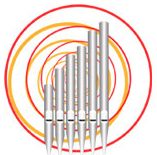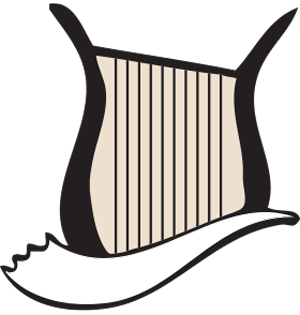Organ nb. 26 | The Great Organ of the Church of Saint Catherine in Bethleem
The fact that an organ was existing at the Church of the Nativity in Bethleem at least seven hundred years ago is known to us since the beginning of the last century: at that time, in 1906, the building of a hostel for pilgrims was planned near the church and early works connected with the foundations of the future building led to the discovery of 221 pipes belonging to an organ which was built in the 14 th century. These pipes are now exhibited at the Biblical Studies Museum of the Flagellation in the Old City of Jerusalem. We also have the testimony of pilgrims who visited the place in 1640 and mentioned the existence of an organ. The organist’s name at that time was Brother Arcangelo from Agrigente. The one- before-last instrument in such a long series of organs which stood there during so many years, had been built at the Franciscan Organs Workshop in The Holy Saviour Franciscan Monastery in Jerusalem. The building of this organ began in 1914 by Father Andrea Morato (from Granada) and finished by Father Mazzela in 1929. This organ was restaurated and electrified by Brother Delfino Taboada in 1955. The last organ was later built by the same organ builder, B. Delfino Taboada, and inaugurated by Agostino Lama (see Organ N.2). A description of this organ can be found in our chapter dealing with old organs dismantled after 1992.
The new organ was built by the Austrian organ-builder Rieger in 1999. It was due to be ready for the visit of the Pope John Paul II in March 2000, but in fact was inaugurated in 2003 by Father Armando Pierucci and Elisabeth Roloff. The instrument is composed of two separate organs which can be played either separately either jointly, on a common console or on two separate consoles placed in the choir of the church. The pipes of the the Great, the Swell and the Pedal are standing on a tribune specially built above the main entrance. The stops of the Positive, including the three stops belonging to the Pedal of the Positive, are located in the choir and can be played separately as a choir accompaniment organ, on a separate console. As a result, two organists can play together, one on the Great and the second on the Positive.

